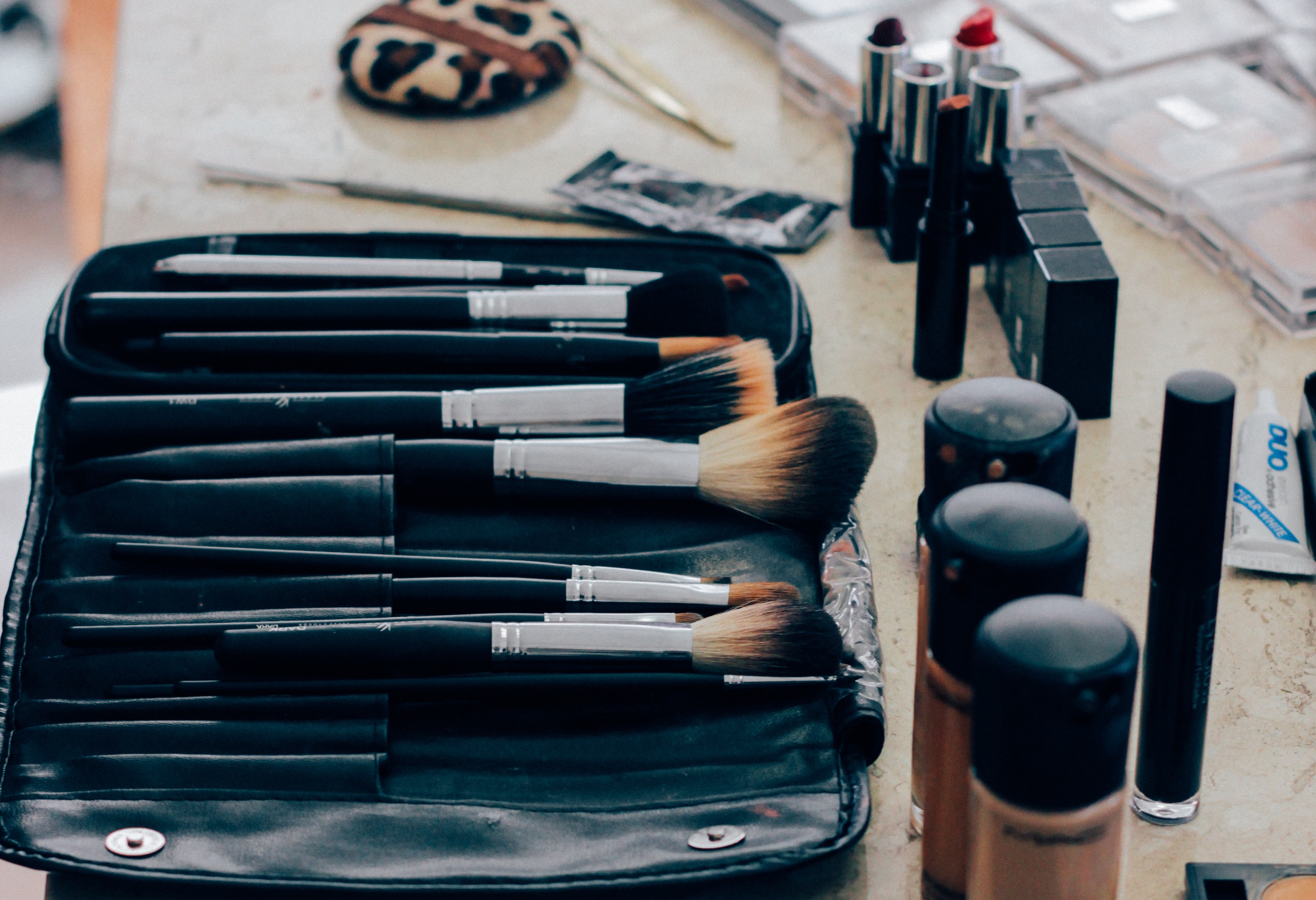Beauty and cosmetics lovers are also going green, desiring products that are not tested on animals and also chemical-free. In these modern times, the task of finding healthy makeup and cleanser products is not that difficult. The beauty divas of today have it a lot easier than the women and men decades ago. Basically, we went to the nearest counter, spent a lot of money, and took what they gave us, which wasn’t always the healthiest product. It was also very common that beauty products were tested on animals, now even that has changed for large and smaller boutique companies.
There are, of course, still cosmetic products that are created the old school way. Often these chemicals make the formula work better. For example, it may take a certain chemical to make a matte lipstick stay on all day. Beauty lovers want the benefits of the formula, but not the chemicals. Sometimes that is possible, other times, it is not.
Here is a list for beauty lovers and cosmetic consumers, of products to avoid, if you want to experience “green” beauty:
Phthalates
Phtalatate is a plastic that comes in many forms that is used in cosmetic products to make them more flexible, for instance, phthalate is often used in nail polish to avoid cracking and hair sprays to avoid premature falling of the hairstyle. Phthalate holds the hair in place without making it brittle. The problem is, you are breathing in this plastic chemical each time you use either product, which with hairspray, may be a couple times a day. Read the label and do your best to avoid this chemical.
Parabens
Parabens are preservatives. Their benefit is that they can stop bacterial growth in cosmetic products. However, there is a chance that they could be harmful. Studies report that certain parabens tend to mimic the hormone estrogen, which gets into the body’s cells and places too much estrogen in the body. Parabens have been known to be found in breast cancer tumors. There is not enough research to indicate that parabens may be the cause, but they are certainly present at the scene of the disease.
BHA BHT
Butylated Hydroxyanisole and Butylated Hydroxytoluene are synthetic antioxidants that in most cosmetics are used as preservatives. These two chemicals are in everything from lipstick to foundations, and the fact that they are synthetic leads the industry to know little about what their disadvantages are. They are also approved to be used in our food. Make sure to read the labels on both your food and cosmetics before buying.
Silicones
Most consumers have heard of silicones but what is their purpose in the world of cosmetics. Silicones have the ability to make the skin feel smoother and your hair silkier, which is why they are used in such products as cleansers and moisturizers, along with hair conditioners. The trouble with silicone is that it has a build-up affect, so you never really get it off of your skin and scalp. This build-up normally causes your hair and skin to need more washing, which starts a vicious cycle of even more silicone build-up.
The best way to go green when it comes to your beauty products is to read your labels and to know what you are seeking to avoid. If you see words that you are not familiar with, look them up and see what their advantages and disadvantages are before you make your purchase.
